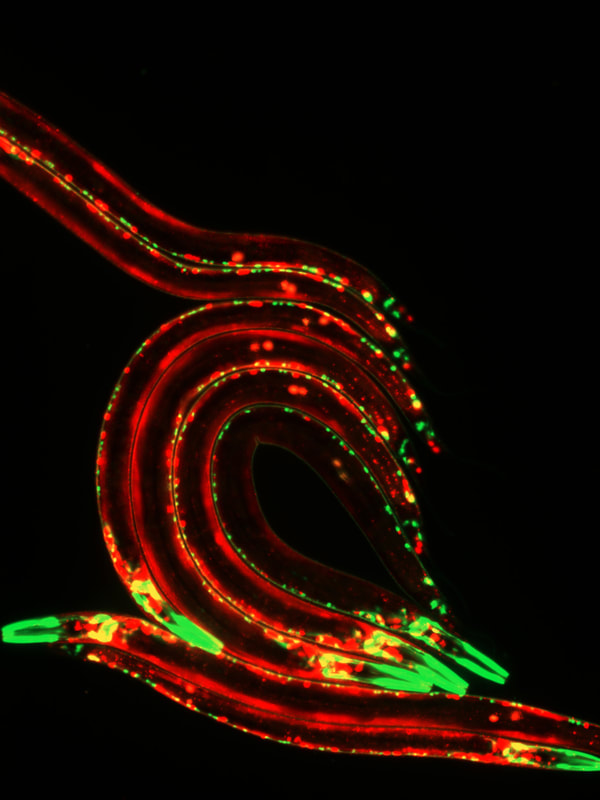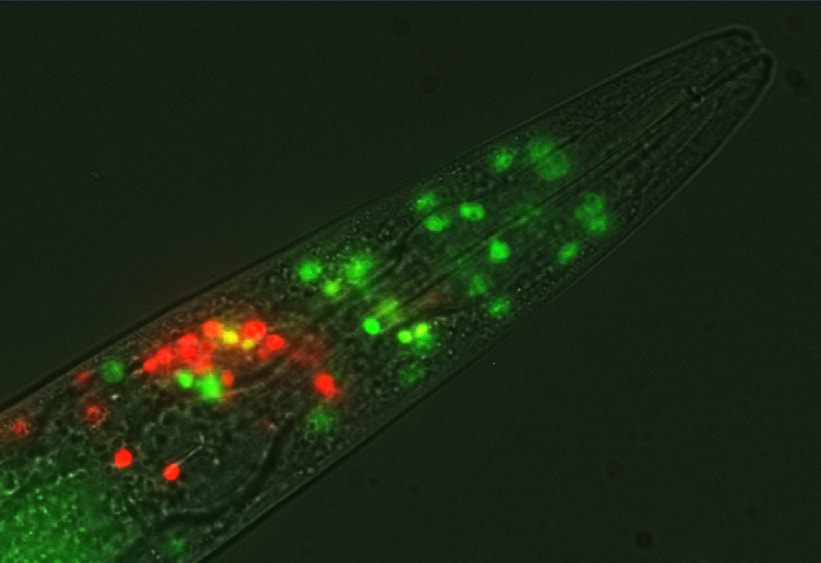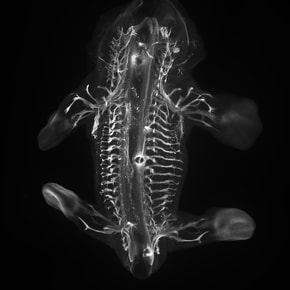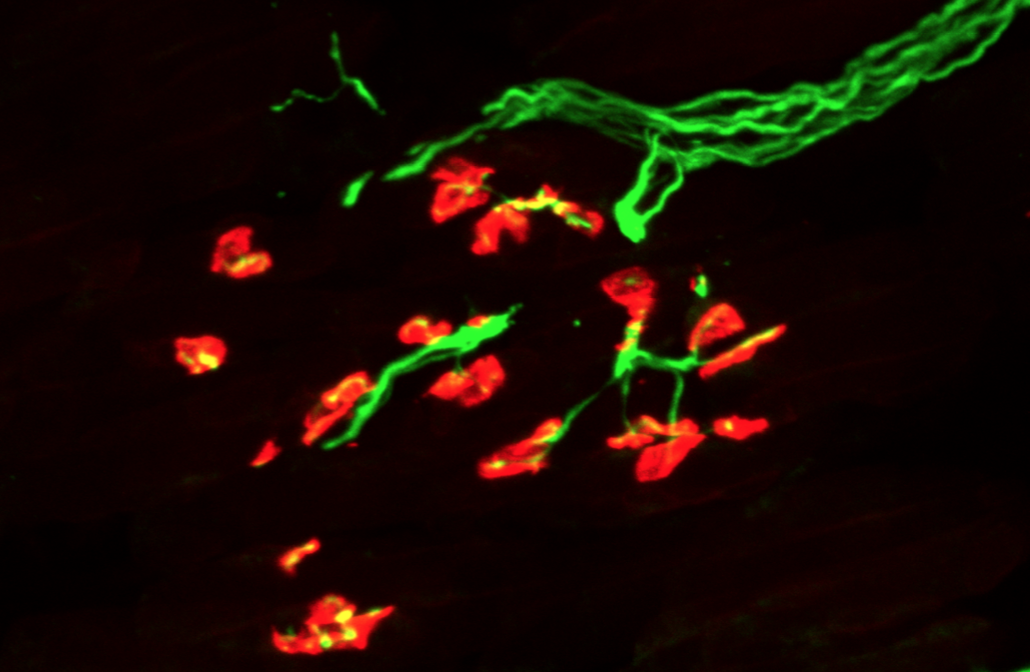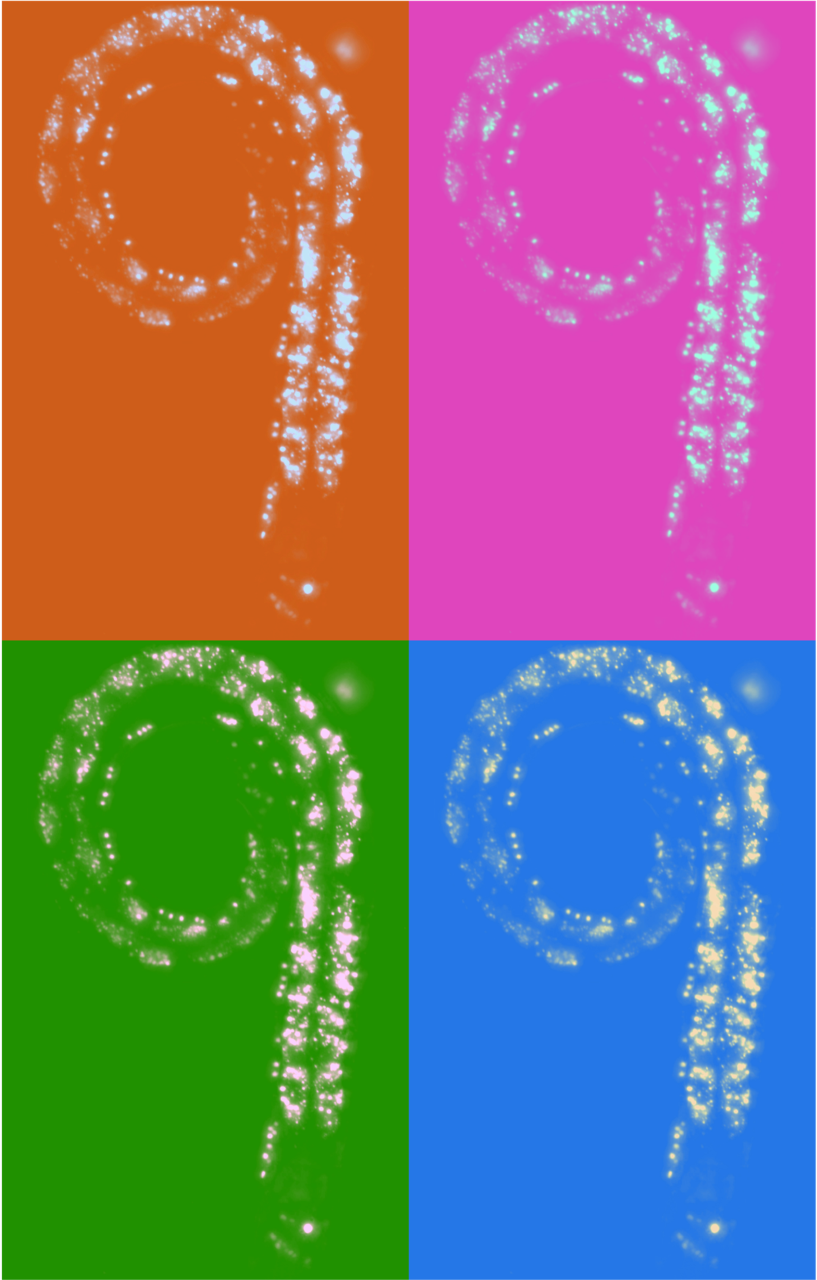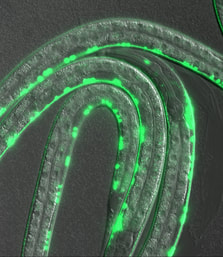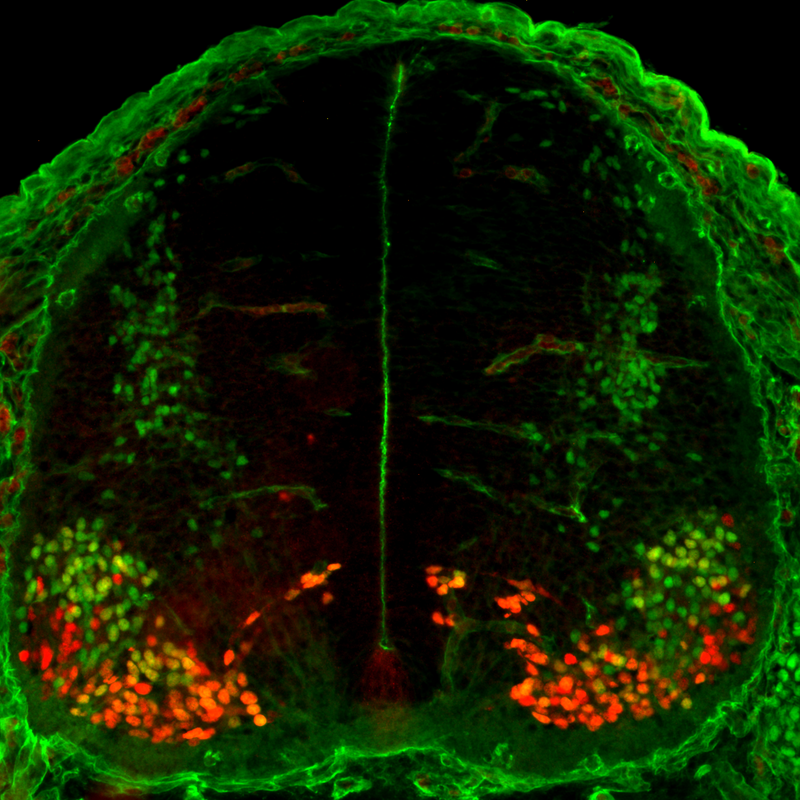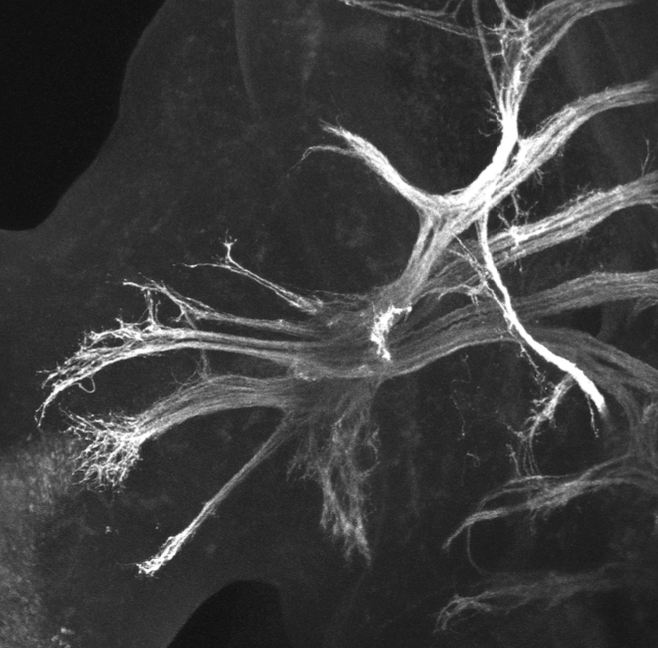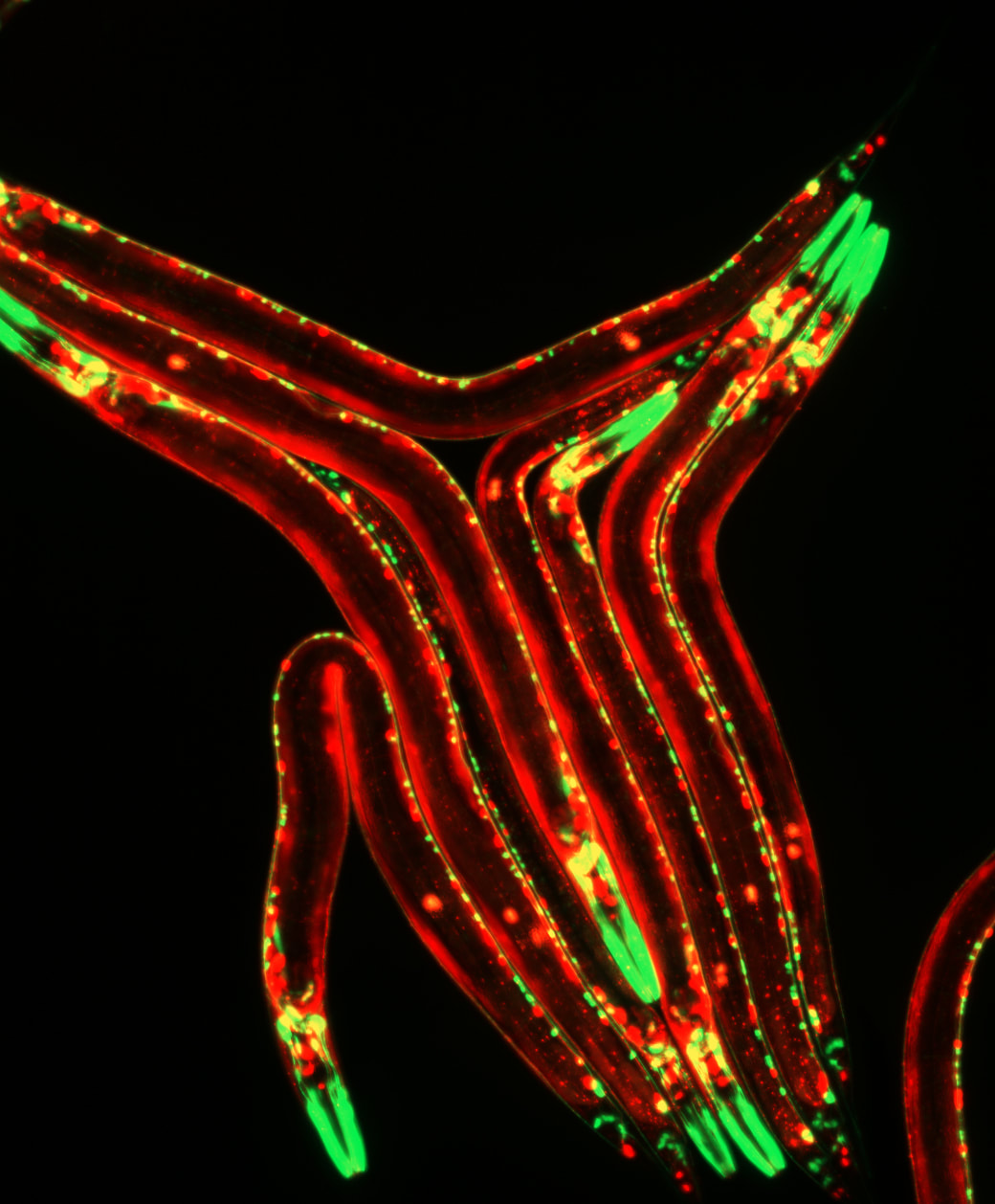Molecular mechanisms of motor neuron development and disease
See interview with Paschalis about directing the Center for Motor Neuron Disease (CMND)
Standing on the shoulders of giants:
Sydney Brenner, 1974: "In one sense, all neurons resemble each other; they must be excitable, able to transmit electrical signals and produce and respond to chemical transmitters. They must be equipped with very similar, possibly commonly specified biochemical machinery. Yet, in another sense, they are all very different; cells are located at specific places and are connected to each other in definite ways. How is this complexity represented in the genetic program?"
Charles Scott Sherrington (early 1900s): Sherrington's focus on spinal nerves and reflexes led him to map the motor nerves traveling from the spinal cord to the muscles and the sensory nerves traveling from the muscles to the spinal cord - a task which took him almost ten years.
Our Scientific Mission: Our lab uses the specific strengths of C. elegans and mice to reveal the molecular mechanisms that control motor neuron development and disease. We employ novel methodology, such as whole genome sequencing, CRISPR/Cas9 gene editing, and cell type-specific transcriptomics. Our laboratory aims to systematically test whether the function of genes we discover in C. elegans is conserved across phylogeny using mouse genetics and human induced pluripotent stem cell (iPSC) systems.
Educational mission of the lab: Our goal is to train the next-generation of scientists in an inspiring, inclusive and collaborative environment. Our lab condemns any kind of racism and discriminatory acts against all underrepresented groups in our scientific community, including, but not limited to, African Americans, Hispanic/Latino, women, LGBTQIA+, people with disabilities, those from different religious groups, and international scholars.
Positions available: Our lab is currently looking to recruit graduate students and postdocs. We welcome trainees and scientists from any background to join our lab and thrive in an inclusive environment that values rigor, creativity, and respect. Interested in joining us? Please send an email to: [email protected].
Standing on the shoulders of giants:
Sydney Brenner, 1974: "In one sense, all neurons resemble each other; they must be excitable, able to transmit electrical signals and produce and respond to chemical transmitters. They must be equipped with very similar, possibly commonly specified biochemical machinery. Yet, in another sense, they are all very different; cells are located at specific places and are connected to each other in definite ways. How is this complexity represented in the genetic program?"
Charles Scott Sherrington (early 1900s): Sherrington's focus on spinal nerves and reflexes led him to map the motor nerves traveling from the spinal cord to the muscles and the sensory nerves traveling from the muscles to the spinal cord - a task which took him almost ten years.
Our Scientific Mission: Our lab uses the specific strengths of C. elegans and mice to reveal the molecular mechanisms that control motor neuron development and disease. We employ novel methodology, such as whole genome sequencing, CRISPR/Cas9 gene editing, and cell type-specific transcriptomics. Our laboratory aims to systematically test whether the function of genes we discover in C. elegans is conserved across phylogeny using mouse genetics and human induced pluripotent stem cell (iPSC) systems.
Educational mission of the lab: Our goal is to train the next-generation of scientists in an inspiring, inclusive and collaborative environment. Our lab condemns any kind of racism and discriminatory acts against all underrepresented groups in our scientific community, including, but not limited to, African Americans, Hispanic/Latino, women, LGBTQIA+, people with disabilities, those from different religious groups, and international scholars.
Positions available: Our lab is currently looking to recruit graduate students and postdocs. We welcome trainees and scientists from any background to join our lab and thrive in an inclusive environment that values rigor, creativity, and respect. Interested in joining us? Please send an email to: [email protected].

